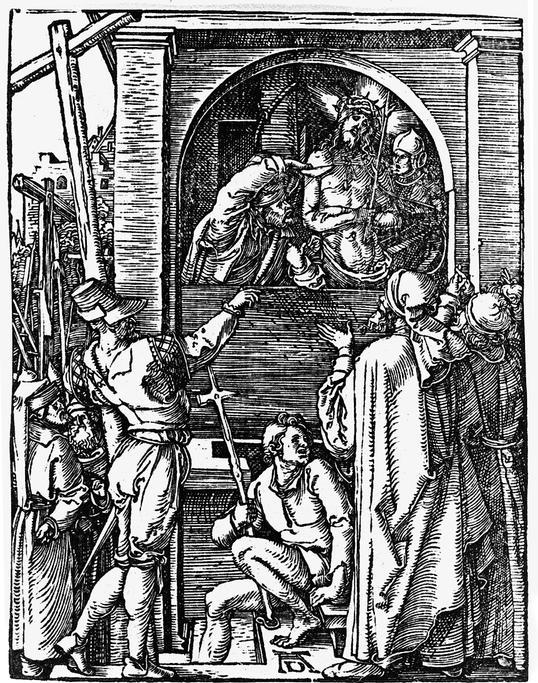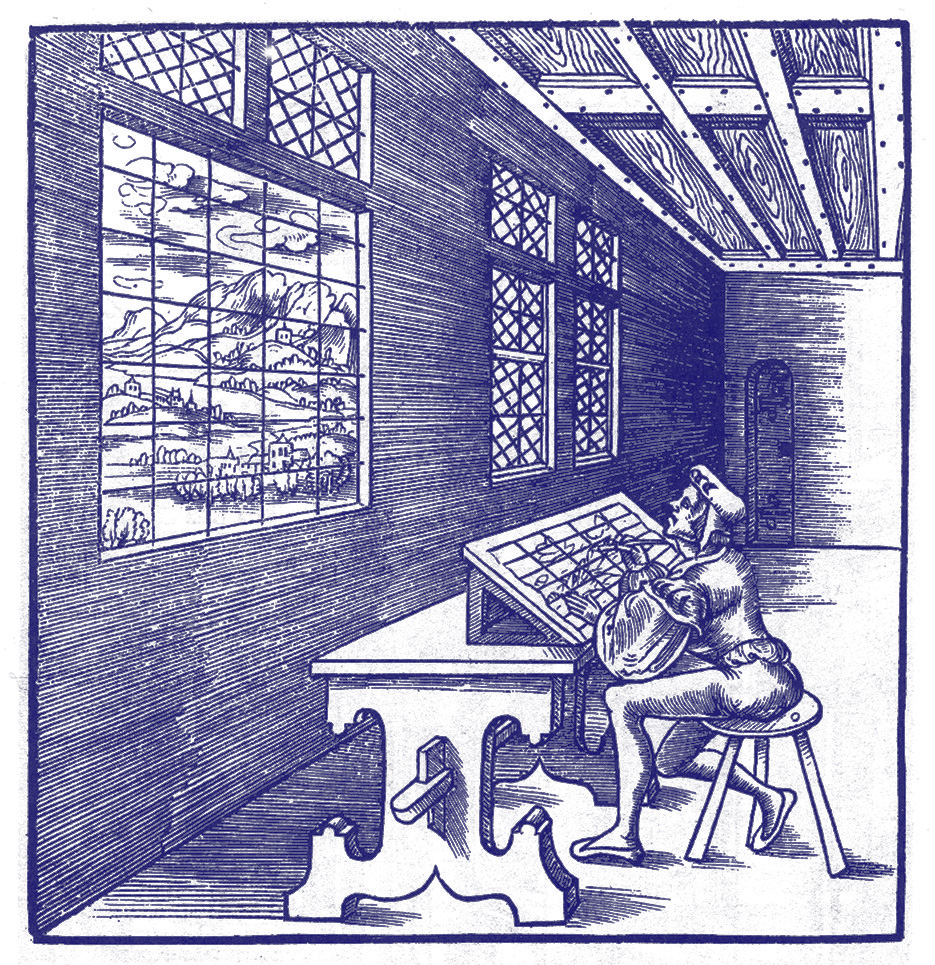83
Furthermore, it is not clear whether the desire for immediacy must necessarily be expressed in the scopophilia of the male gaze. For if the male gaze takes as its sole purpose to control and possess the female, then the desire for immediacy implies another kind of looking as well. In formal terms, the desire for immediacy is the desire to get beyond the medium to the objects of representation themselves. Different media may enact this desire in different ways. Although linear- perspective painting and film may keep the viewer distant from what he views, in virtual reality the viewer steps through Alberti's window and is placed among the objects of representation. Similarly, the desire for sexual immediacy could aim for a voyeuristic examination of the objects of representation or a union with them. If the aim is voyeuristic, then the spectator is practicing the traditional male gaze. However, if the aim is union, then the desire for immediacy could be interpreted in Lacanian terms as the longing gaze of the mirror stage-a desire to return to an original state of union (with the mother) prior to the split that defined the subject and simultaneously privileged the male realm of the Symbolic over the realm of the Imaginary. The desire for immediacy then becomes the desire to return to the realm of the Imaginary and could well be shared by female spectators.
Furthermore, it is not clear whether the desire for immediacy must necessarily be expressed in the scopophilia of the male gaze. For if the male gaze takes as its sole purpose to control and possess the female, then the desire for immediacy implies another kind of looking as well. In formal terms, the desire for immediacy is the desire to get beyond the medium to the objects of representation themselves. Different media may enact this desire in different ways. Although linear- perspective painting and film may keep the viewer distant from what he views, in virtual reality the viewer steps through Alberti's window and is placed among the objects of representation. Similarly, the desire for sexual immediacy could aim for a voyeuristic examination of the objects of representation or a union with them. If the aim is voyeuristic, then the spectator is practicing the traditional male gaze. However, if the aim is union, then the desire for immediacy could be interpreted in Lacanian terms as the longing gaze of the mirror stage-a desire to return to an original state of union (with the mother) prior to the split that defined the subject and simultaneously privileged the male realm of the Symbolic over the realm of the Imaginary. The desire for immediacy then becomes the desire to return to the realm of the Imaginary and could well be shared by female spectators.
Finally, if the male gaze is exclusively an exercise in control and possession, the question remains whether such a gaze can be sustained in contemporary visual media, which are constantly remediating one another and therefore reminding us of the futility of believing that any technology of representation can fully erase itself. We may wonder whether the male gaze was ever represented unproblematicaly even in apparently transparent media. If we look back at the Dürer woodcut, we see that it too is hypermediated, at least to the extent that it does not simply enact the male gaze but represents it. After all, we do not look through the draftsman's eyes in a first-person, point-of-view shot; instead, we see the draftsman in the act of gazing. Since this image is not a motion picture, we cannot have the establishing-shot, point-of- view-shot, reaction-shot sequence that would enact the male gaze more
straightforwardly. Instead, we are made conscious of our position as spectators, for our perspective enables us to appreciate the dissecting character of the draftsman's gaze. The subject of this woodcut is the technique of linear perspective itself, which is what makes the image so amenable to a feminist critique. Once again, the desire for immediacy passes into a fascination with media. In this case, the conventional heterosexual male gaze leaves itself open to another, hypermediated kind of looking.
Finally, if the male gaze is exclusively an exercise in control and possession, the question remains whether such a gaze can be sustained in contemporary visual media, which are constantly remediating one another and therefore reminding us of the futility of believing that any technology of representation can fully erase itself. We may wonder whether the male gaze was ever represented unproblematicaly even in apparently transparent media. If we look back at the Dürer woodcut, we see that it too is hypermediated, at least to the extent that it does not simply enact the male gaze but represents it. After all, we do not look through the draftsman's eyes in a first-person, point-of-view shot; instead, we see the draftsman in the act of gazing. Since this image is not a motion picture, we cannot have the establishing-shot, point-of- view-shot, reaction-shot sequence that would enact the male gaze more
straightforwardly. Instead, we are made conscious of our position as spectators, for our perspective enables us to appreciate the dissecting character of the draftsman's gaze. The subject of this woodcut is the technique of linear perspective itself, which is what makes the image so amenable to a feminist critique. Once again, the desire for immediacy passes into a fascination with media. In this case, the conventional heterosexual male gaze leaves itself open to another, hypermediated kind of looking.
 Source type: picture
Source type: pictureInfo: Dürer - Small Passion 19 - Ecce Homo - woodcuts
Original size: 538x683 px. Edit
 Log-in
Log-in Source type: picture
Source type: picture